Bottlebrush, A Complete Plant Care And Growing Guide
Aptly named, callistemon bottlebrush flowers add a wispy shape, texture and color to your garden. They're happiest in zones 8 to 11.
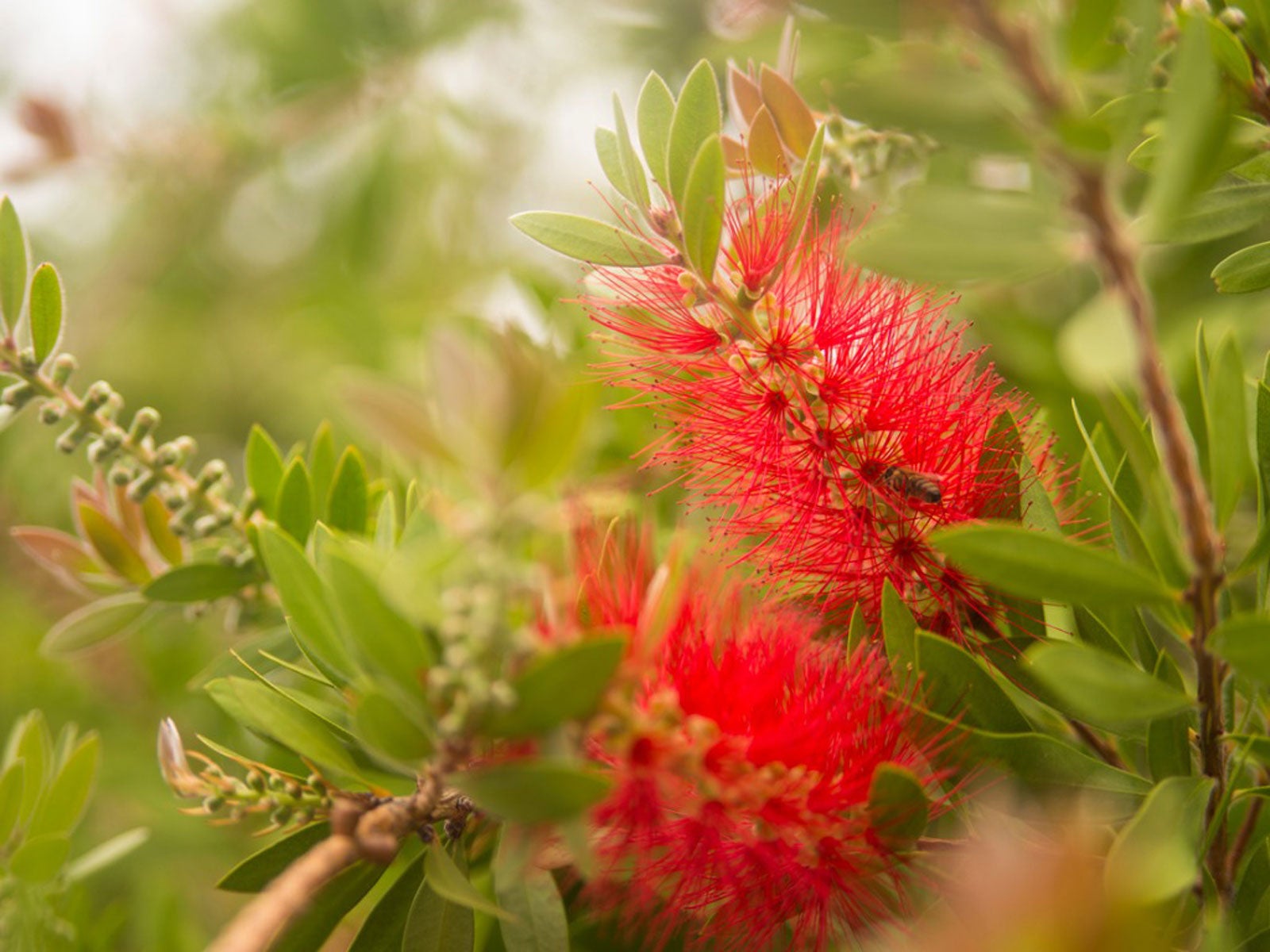
How To Grow And Care For A Bottlebrush Plant
Callistemon bottlebrush is an Australian native shrub that grows well in warm climates in North America to about zone 8. There are a few species available, all of which are characterized by flower spikes that resemble bottlebrushes and that bloom throughout the summer.
Quick Facts:
- Botanical name: Callistemon spp.
- Height: 8 to 15 feet (2.4 to 4.6 m)
- Spread: 8 to 15 feet (2.4 to 4.6 m)
- Sun exposure: Full sun
- Soil requirements: Moist, fertile
- Hardiness zones: 8 to 11
- When to plant: Spring or fall
Bottlebrush Care
Light
All species of the bottlebrush plant grow best in full sun conditions.
Water
Bottlebrush has some drought tolerance, so you don’t need to water it if the area is getting regular rain. It will survive dry conditions but thrives with weekly watering during a drought. It’s also important to water a newly planted shrub regularly as it establishes strong roots.
Temperature & Humidity
In its native Australian habitat, bottlebrush is hardy down to about 45 degrees Fahrenheit (7 Celsius). This is a good guideline for growing it in North America. It should not be allowed to get any colder. Bottlebrush tolerates dry conditions.
Gardening tips, videos, info and more delivered right to your inbox!
Sign up for the Gardening Know How newsletter today and receive a free copy of our e-book "How to Grow Delicious Tomatoes".
Soil
The soil should be rich and fertile. Amend soil with organic material if necessary. It should also drain well. Add sand or other material that will improve drainage if necessary.
Fertilizer
Use a balanced fertilizer on bottlebrush plants in spring. To promote flowering, use a product higher in fertilizer a few times throughout the summer. Avoid products higher in nitrogen, which will promote leaf over flower growth.
Problems, Pests & Diseases
No serious issues plague bottlebrush, but root rot can be a problem if it doesn’t have good soil drainage. Potential pests include spider mites and scales.
The most important aspect of growing bottlebrush is the climate. If it gets too cold in winter, this pretty shrub won’t survive.
Planting Bottlebrush
To plant a new bottlebrush, dig a hole two to three times as wide as the root ball but no deeper. If necessary, break up the soil and add compost or materials that improve drainage. Gently loosen the roots with your fingers before placing the root ball in the ground. Add soil and place mulch over the top to help retain moisture.
Bottlebrush Pruning
Bottlebrush tolerates heavy pruning. You can prune it back a lot to keep it a smaller size. You can also prune it to train it as a small tree. Find one strong leading stem and trim side stems as it grows. Trim bottlebrush annually to maintain its shape and size and to remove damaged or diseased branches.
Bottlebrush Propagation
Propagate bottlebrush by taking stem cuttings. Remove most of the lower leaves and dip the cut end in a rooting hormone before placing it in a rooting medium. You can also propagate by seed, but if you have a hybrid variety, only a cutting will ensure you get a copy of the same plant.
Repotting
Pruning for size is essential when growing bottlebrush in containers. If you let it grow, it will eventually need to be repotted. Look for a slightly larger container and repot in spring if outdoors or any time indoors.
Overwintering
If you live in a colder climate, you can grow bottlebrush in a container and bring it indoors for winter. Keep it outside in summer in full sun and bring it inside when temperatures get to about 50 degrees Fahrenheit (10 Celsius).
For the best flowers next year, let it go dormant inside. This means keeping it in a cool place with less sunlight and reducing watering significantly.
Bottlebrush Varieties
You’ll find a few species of bottlebrush in nurseries, primarily:
C. citrinus has a lemony smell when the leaves are crushed.
C. rigidus is also known as stiff bottlebrush and has a very upright growth habit.
C. viminalis is a pretty weeping species.
C. pallidus is known as lemon bottlebrush and has yellow flower spikes.
You can also find some cultivars of these species with different traits. Some notable cultivars include "Splendens," a common variety with red flowers, "White Anzac" with unusual white blooms, "Little John," a dwarf weeping variety, and "Mauve Mist," a large variety with mauve flower spikes.
FREQUENTLY ASKED QUESTIONS
Do Hummingbirds Like Bottlebrush?
Bottlebrush shrubs and trees attract both hummingbirds and butterflies.
How Fast Does Bottlebrush Grow?
Bottlebrush is a medium grower. Expect to get about 10 inches (25 cm) of new growth per year.

Jackie Carroll has written over 500 articles for Gardening Know How on a wide range of topics.
-
 Looking For Plants To Give You The Soft And Fuzzies? Try These 5 Fuzzy Leaf Plant Options
Looking For Plants To Give You The Soft And Fuzzies? Try These 5 Fuzzy Leaf Plant OptionsLovers of texture, drama, silver foliage and tactile plants will adore these special sensory garden additions. These fuzzy leaf plant options will leave you all aglow
By Susan Albert
-
 Get Ready For A Summer Of Hummers! Grow These Full Sun Hummingbird Plants and Flowers
Get Ready For A Summer Of Hummers! Grow These Full Sun Hummingbird Plants and FlowersIf you’re lucky enough to enjoy a sunny backyard, make sure you are maxing out on your pollinator opportunities and grow these full sun hummingbird plants and flowers
By Tonya Barnett
-
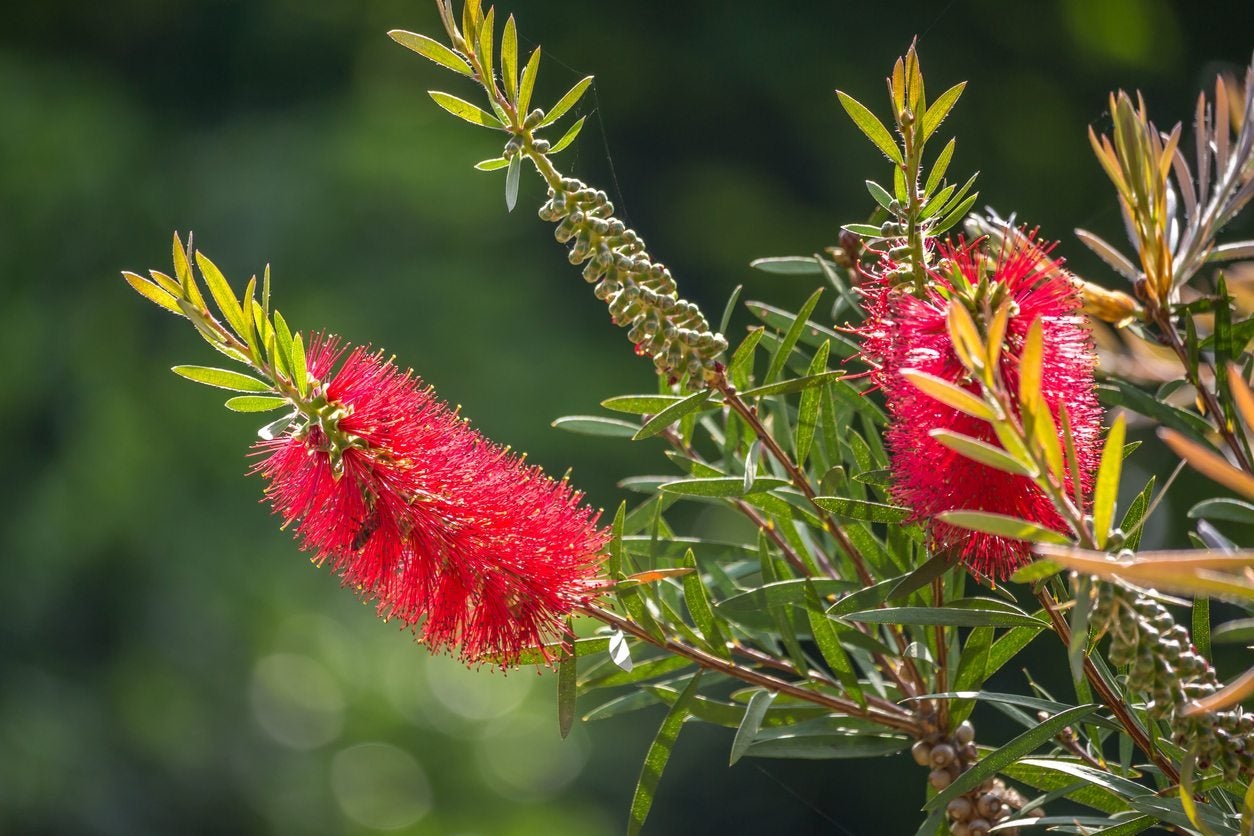 Treating Sick Bottlebrush Plants: Learn About Diseases Of Bottlebrush
Treating Sick Bottlebrush Plants: Learn About Diseases Of BottlebrushFew plants fit their common names better than bottlebrush shrubs. These eye-catching plants are generally vital, healthy shrubs, but occasionally bottlebrush diseases strike. If you have sick bottlebrush plants, click here for helpful information.
By Teo Spengler
-
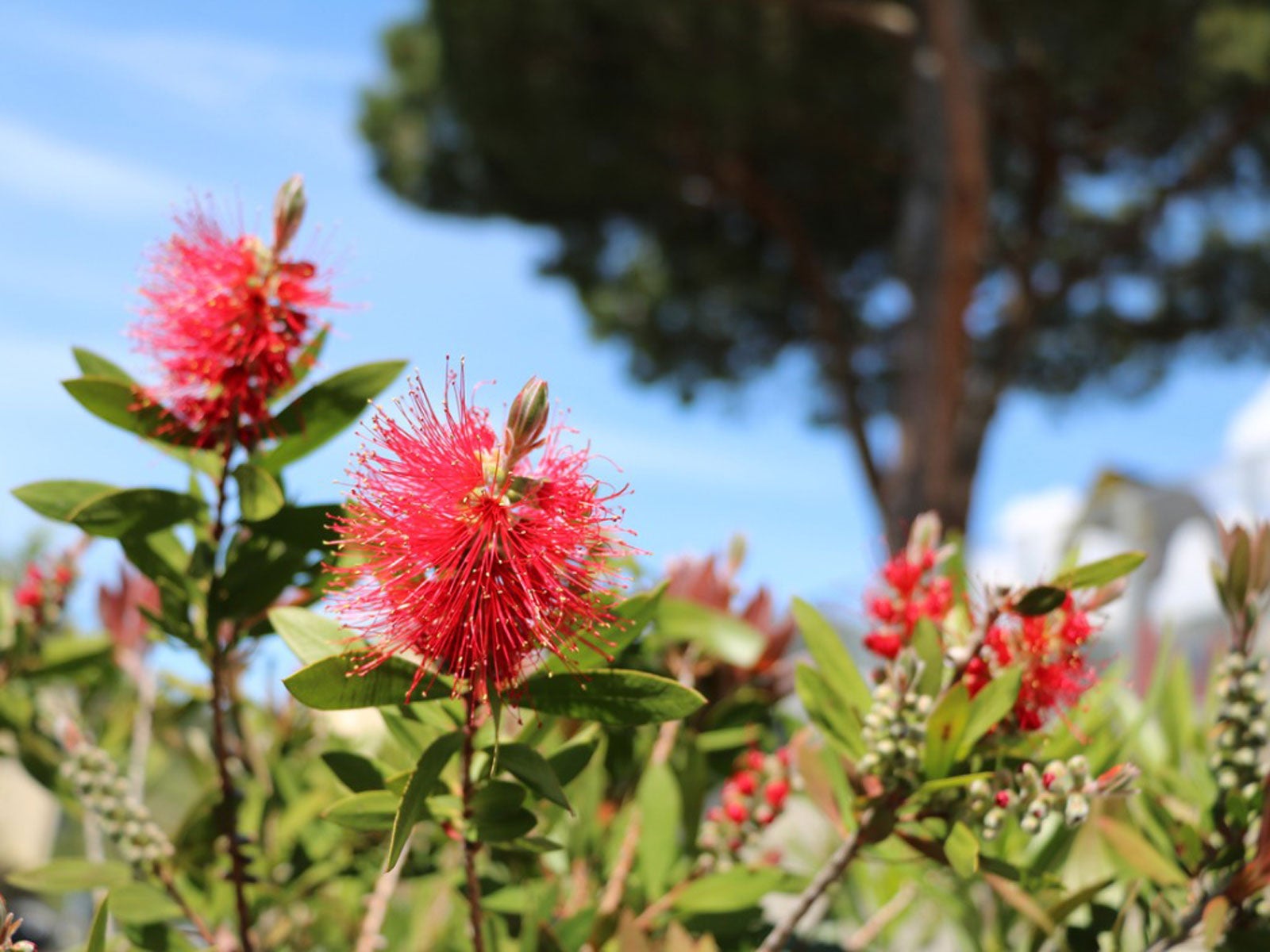 My Bottlebrush Won’t Bloom: Tips For Getting Bottlebrush To Flower
My Bottlebrush Won’t Bloom: Tips For Getting Bottlebrush To FlowerSometimes, the common names of plants are spot on, and bottlebrush plants are a great example. These shrubs produce bright red flowers that look just like the brushes you use to clean bottles. If your plant isn?t producing any of these flowers, this article will help.
By Teo Spengler
-
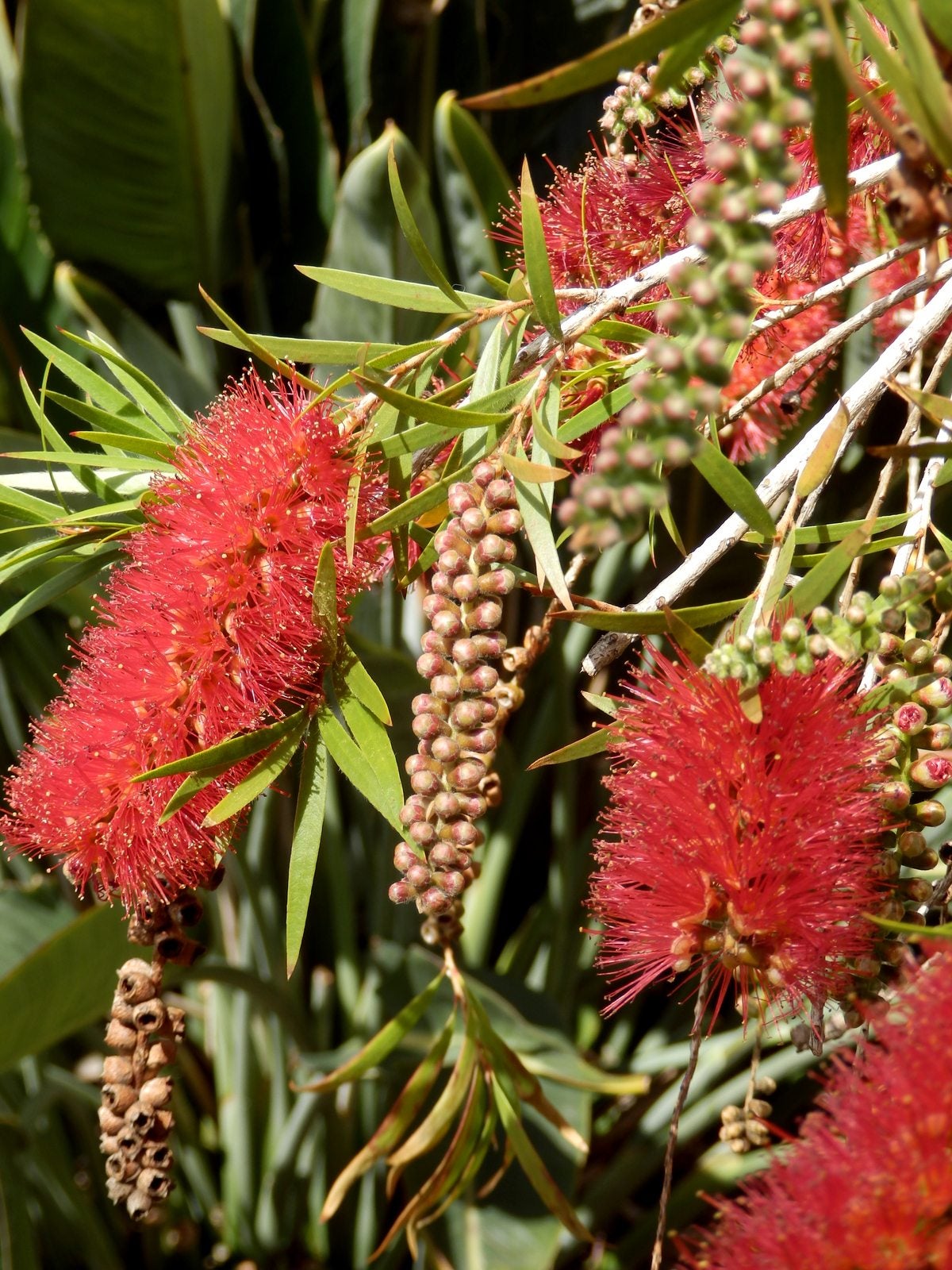 Propagation Of Bottlebrush Trees: Growing Callistemon From Cuttings Or Seed
Propagation Of Bottlebrush Trees: Growing Callistemon From Cuttings Or SeedBottlebrushes grow into big shrubs or small trees. The spikes look like the brushes used to clean bottles. Propagation of bottlebrush trees is not difficult. If you want to learn how to propagate bottlebrush trees, click on this article.
By Teo Spengler
-
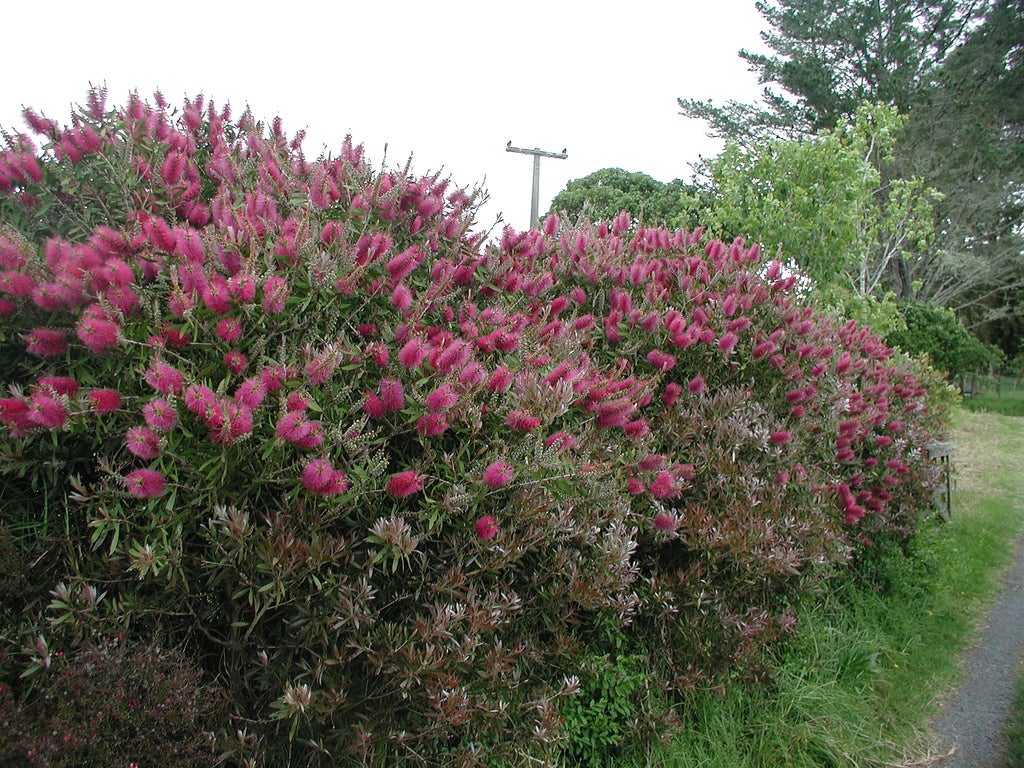 Pruning Bottlebrush: When And How To Prune Bottlebrush Plants
Pruning Bottlebrush: When And How To Prune Bottlebrush PlantsFor the best appearance and the most abundant blooms, learning how to prune bottlebrush plants is an important part of bottlebrush care. Learn more about this here.
By Becca Badgett
